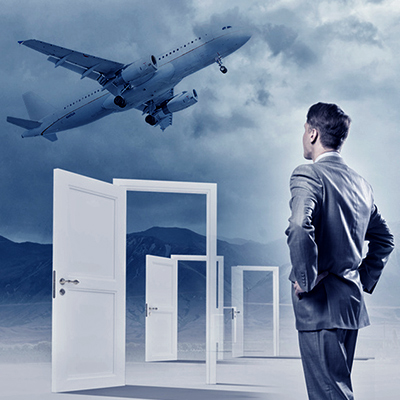Several aircraft manufacturers, including Airbus, Boeing, Bombardier and Embraer, estimate the future demand for air transport in the form of revenue passenger kilometers. The most recent estimates suggest that demand for air transport will increase by an average of 4.3% per annum over the next 20 years. That implies that demand for air travel will increase by a factor of 2.3 over the period.
If this growth path is achieved, then in 2036 the air transport industry will contribute:
- 15.5 million direct jobs and $1.5 trillion of GDP to the world economy.
- Including indirect and induced contributions, 46.4 million jobs and $3.8 trillion in GDP.
- Once the impacts of global tourism are taken into account, a total of 97.8 million jobs and $5.7 trillion in GDP.

